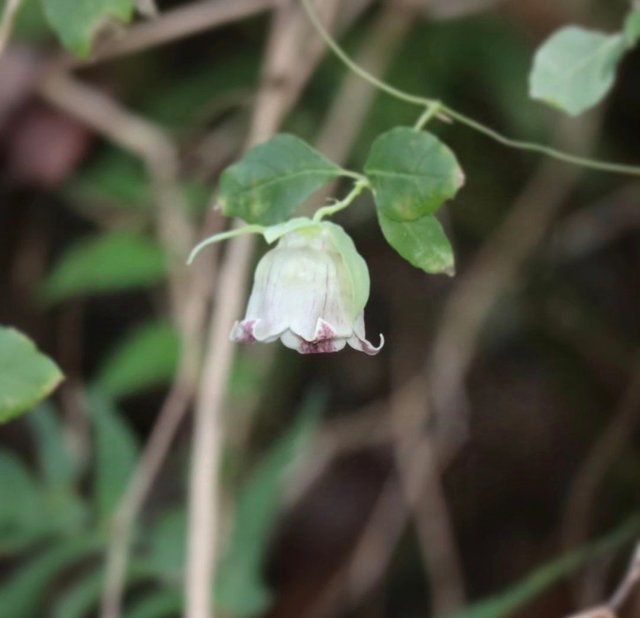Codonopsis lanceolata: The Beauty and Benefits of the Bonnet Bellflower




Codonopsis lanceolata, commonly known as Bonnet Bellflower or Deodeok in Korean, is a fascinating and multifunctional plant native to East Asia.This climbing perennial plant belongs to the Campanulaceae family and thrives in mountainous regions. While its aesthetic appeal makes it popular among garden enthusiasts, its health benefits have made it a staple in traditional herbal medicine for centuries.
The Codonopsis lanceolata plant is a hardy perennial that can grow up to 2 meters in length, often using nearby plants or structures for support. The stems are slender, twining, and can climb efficiently with little assistance. The leaves of the plant are ovate or heart-shaped, with a soft texture and green hue that darkens as the plant matures.The flowers of Codonopsis lanceolata are one of its most striking features. They typically bloom in late summer or early autumn and are bell-shaped, hanging down like miniature lanterns. The flowers are pale green to yellowish-green on the outside, often with purplish streaks, and have a more vibrant purple, blue, or reddish hue inside, adding to their visual allure. Their bell-like structure, delicate colors, and intricate veining create a unique aesthetic, making them a popular choice for gardeners who want to add an exotic touch to their landscapes.
Codonopsis lanceolata thrives in well-drained, slightly acidic soils rich in organic matter. It prefers partial shade but can tolerate full sun if the environment is not too harsh. In the wild, it typically grows in forests, on slopes, or along riverbanks, benefiting from the cool, moist environment.For cultivation, it is ideal to grow the plant in a garden that mimics its natural habitat. While the plant is relatively low maintenance, it requires adequate moisture, especially during the growing season. Regular watering and a well-composted soil will help it.